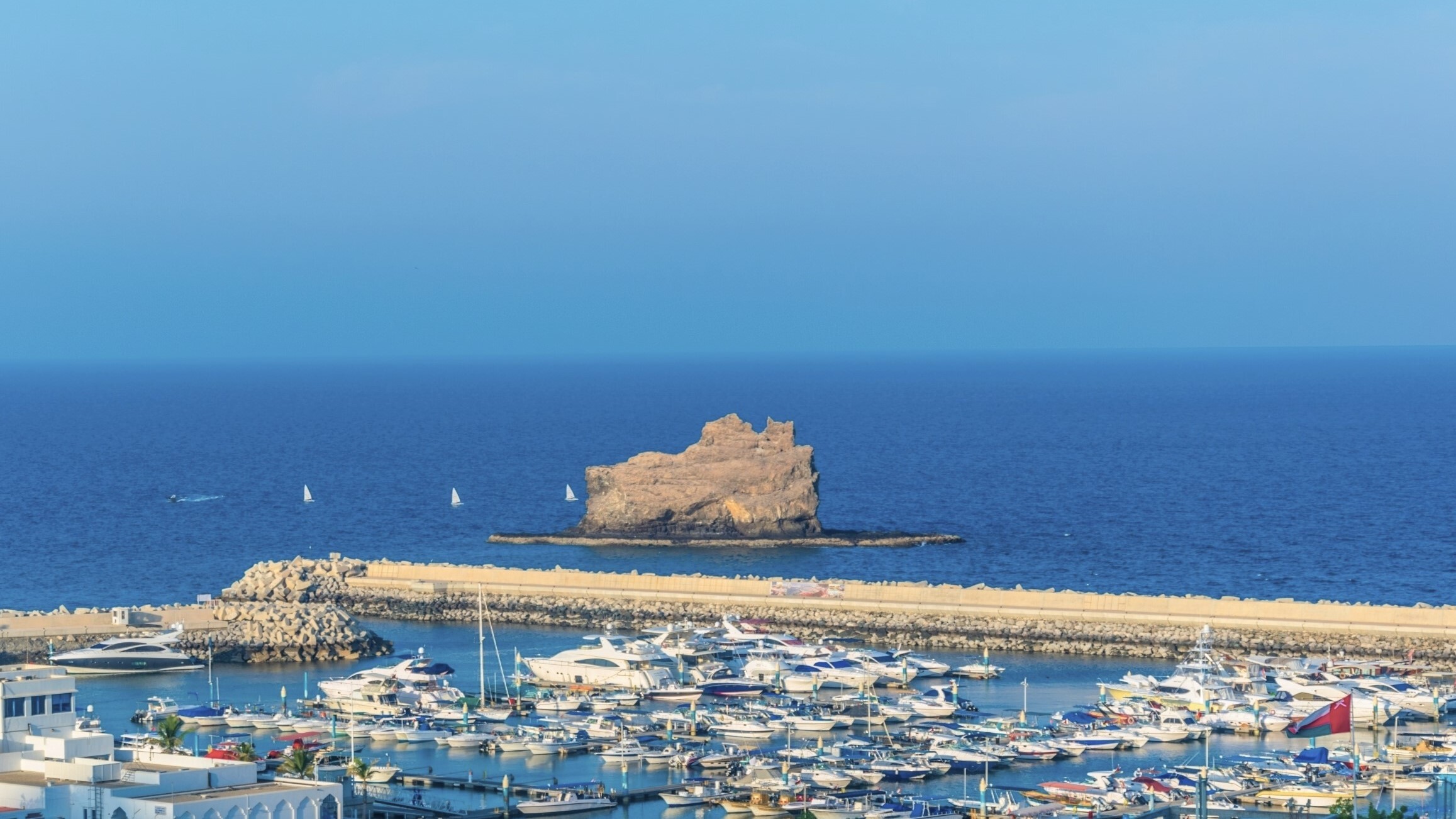Brazilian architecture studio MK27 has completed the design of Caye Sereno, an exclusive residential community in Vietnam’s scenic Ha Long Bay. Designed by Marcio Kogan and Maria Cristina Motta, the project’s 18 luxury villas offer unobstructed views of the bay scattered with small limestone islands.
In Brazil, Kogan is known for his mid-century-inspired villas that seamlessly blend indoor and outdoor living. Here, his style is adapted for beachfront living, with expansive indoor and outdoor living areas and cantilevered volumes that protrude over the infinity pools. The villas feature streamlined concrete slabs punctuated by natural stone masonry and movable glass walls that expand and contract to suit the occasion.
“It is a dear project to our office because of the opportunity to work in one of the most fantastic places on the planet: Ha Long Bay,” Kogan says, though he admits he was intimidated at first to be working in the stunning UNESCO heritage site.
Kogan’s team worked on carefully preserving the views of the villas, which range in size from 7,082 square feet to 11,786 square feet and have several outdoor lounging areas, a full-sized infinity pool, and access to the waterfront beyond. The upper levels contain spacious master suites that overlook the bay.
Since the mid-1980s, comprehensive political and economic reforms have transformed Vietnam from one of the world’s poorest countries into what the World Bank hails as a development success story. And the country’s property market is poised to prosper. “Improving economic conditions have led to a rise in the fortunes of Vietnam’s property market, with urbanization, tourism and retail development leading the way,” says Neil MacGregor, managing director of Savills Vietnam.
Caye Sereno follows in the footsteps of other luxury resorts such as Six Senses Residences Con Dao and the Nam Hai Hoi An that have in recent years put Vietnam on the map for well-heeled travelers and investors. As developers focus more on design, landscape, facilities, and management services, this in turn brings more confidence to buyers, MacGregor says.
Legal reforms are also drawing more international investors to Vietnam. The Amended Housing Law, which took effect in July 2015, effectively gives foreigners the same rights as Vietnamese to sub lease, mortgage, trade, and inherit property. And it makes the property market more competitive within the region. Investors are attracted to Vietnam’s natural beauty and cultural offerings, but also by prices below those of other regional hot spots.
“While other countries such as Indonesia and the Philippines are at the top of the market cycle, Vietnam is only around 12 months into the market recovery phase,” says MacGregor. “Foreign developers and investors are showing greater interest in the Vietnam real estate market and we see this trend continuing.”
The villas at Caye Sereno start at $3.5 million and include access to a gym and yoga studio, tennis court, and water activities center. Developers Jen Tuan Chau Co Ltd are also building a 27-hole golf course.
The site, which is located at the southern edge of Tuan Chau Island, is accessed through Hanoi with flight connections available from Singapore, Hong Kong, and Guangzhou. But remoteness is part of the project’s appeal. “Caye Sereno is a unique proposition for Vietnamese and international luxury property investors,” says Matthew Powell, director of Savills Hanoi. “There are many beach villas in the region but this location and the views uniquely stand out. The villas themselves have been designed and constructed to showcase the natural environment.”
Images courtesy of Savills Hanoi


















